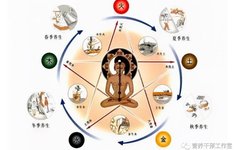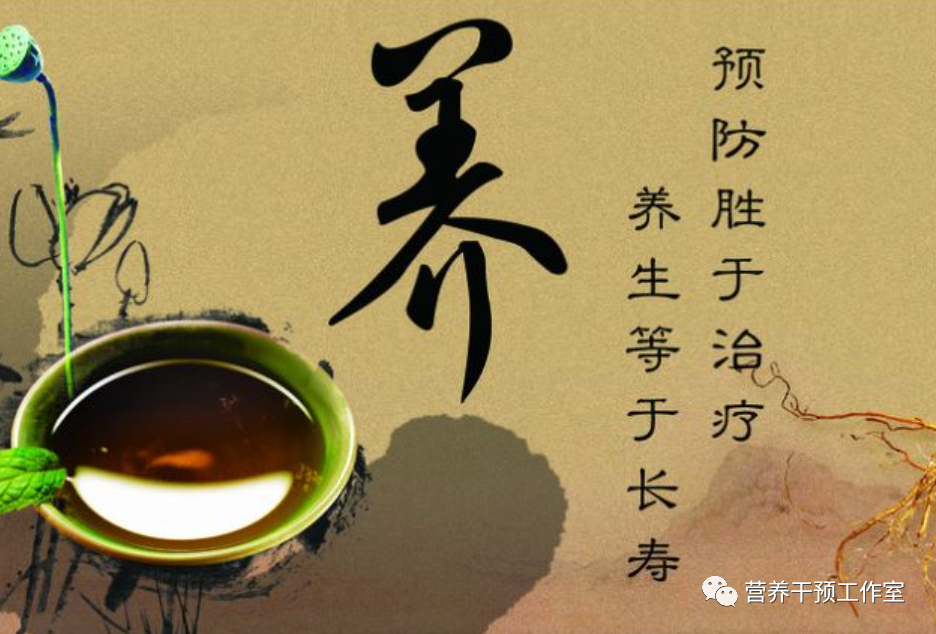

Health and longevity are the goals that people yearn for. The phenomena of nature, such as the cycles of day and night, inspire people to follow and return to nature to achieve eternal life. The Suwen (Plain Questions) states: “I have heard that in ancient times there were true people who could lift heaven and earth, grasp yin and yang, breathe in essence, guard their spirit, and their muscles were unified, thus they could live long enough to cover the heavens and earth, without an end.” Although this expectation is difficult to achieve, many have pursued longevity since ancient times.
Health preservation refers to the maintenance, regulation, and nurturing of life. It is based on the principles of balancing yin and yang, harmonizing qi and blood, and preserving the spirit, using various methods such as regulating the mind, guiding breath, seasonal adjustments, dietary therapy, herbal therapy, moderation of desires, and fasting, aiming to achieve health and longevity.

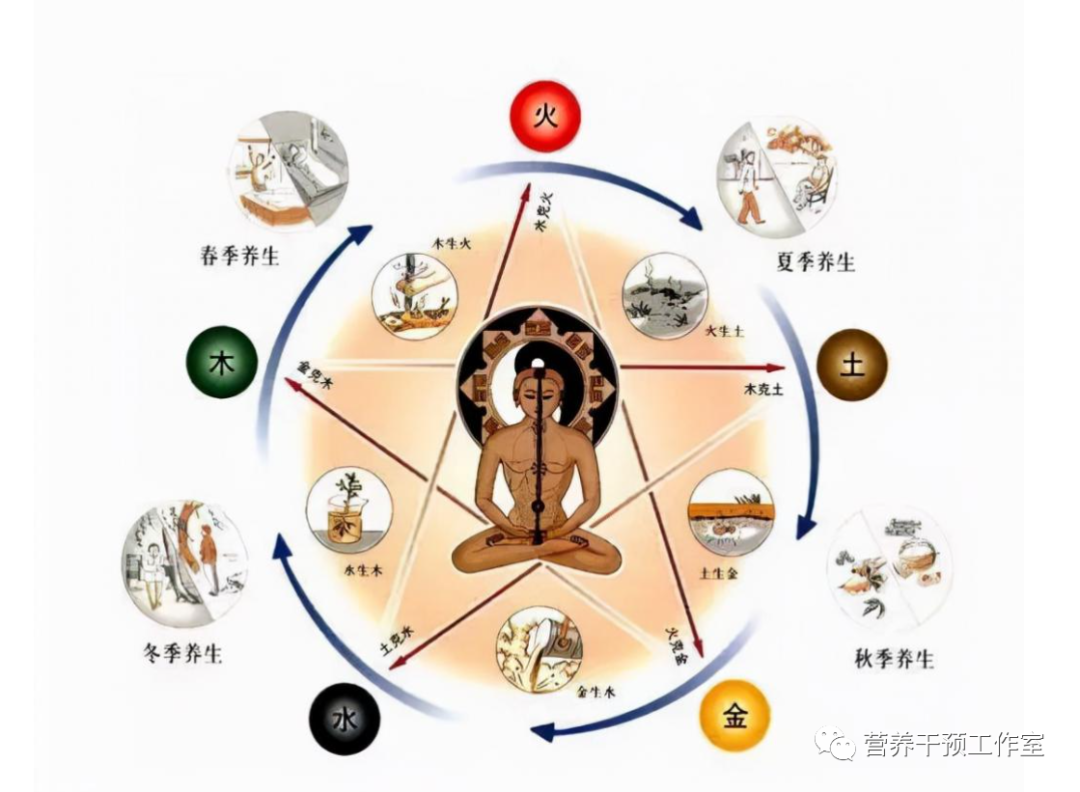
The five colors and four natures are important components of traditional Chinese medicine (TCM). Different colors correspond to different organs and can provide benefits; a balanced intake is essential for treating diseases, preventing illness, and maintaining health. TCM believes that the five elements correspond to the organs in the body: wood corresponds to the liver, fire to the heart, earth to the spleen, water to the kidneys. In terms of health preservation and treatment, the five colors (green, red, yellow, white, black) correspond to the five elements (metal, wood, water, fire, earth) and thus have different nourishing effects on the five organs of the human body. Green corresponds to wood, entering the liver to enhance its qi. The liver is the detoxifying organ, so green foods have the effect of clearing the liver and detoxifying. Red corresponds to fire, entering the heart to enhance its qi, increasing the activity of cells in the body, enhancing immune function, preventing flu and various viral invasions, and has the effects of clearing blood, replenishing blood, and promoting blood circulation. Yellow corresponds to earth, entering the spleen to enhance its qi, promoting and regulating metabolism, and improving the spleen’s ability to resist disease.
White corresponds to metal, entering the lungs, enhancing lung qi, improving the lung’s ability to resist viruses, stopping coughs, resolving phlegm, and treating weakness and coughing up blood. Black corresponds to water, entering the kidneys, enhancing kidney qi, treating impotence and nocturnal emissions, alleviating lower back pain, and benefiting those with chronic illnesses. It can promote health, enhance beauty, resist aging, and prevent cancer, greatly benefiting the reproductive and urinary systems.
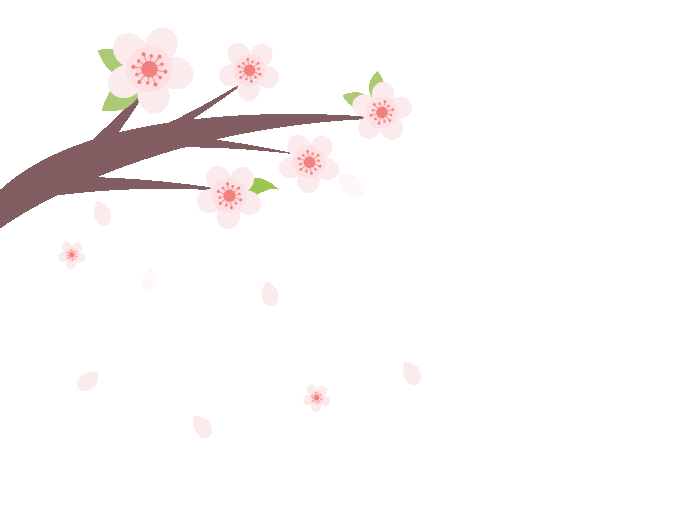 1. The Five Elements
1. The Five Elements
1. Origin of the Five Element Theory The Five Element Theory is the essence of traditional Chinese culture, referring to wood (growth, nurturing, softness, and smoothness), fire (warmth, rising, brightness), earth (transformation, bearing, receiving), metal (cleansing, purifying, gathering), water (coolness, moistening, flowing down). Wood, fire, earth, metal, and water are the essential basic substances, and from this, it is derived that all things in the world are generated from the movement and transformation of these five basic substances. There exists a relationship of mutual generation and mutual restraint among these five substances, maintaining a dynamic balance through continuous cycles of generation and overcoming, which is the fundamental meaning of the Five Element Theory. 2. The Generative and Restrictive Relationships of the Five Elements The Five Element Theory posits that there are generative and restrictive relationships among the five elements. The generative and restrictive relationships can explain the interconnections between things, while the relationships of multiplication and insult can represent the mutual influences when the balance between things is disrupted. Generative relationships refer to mutual nourishment and support. The order of generation among the five elements is: Wood generates fire, fire generates earth, earth generates metal, metal generates water, water generates wood. Restrictive relationships refer to mutual restraint and limitation. The order of restriction among the five elements is: Wood restrains earth, earth restrains water, water restrains fire, fire restrains metal, metal restrains wood. Only by maintaining a dynamic balance of generation and restriction can normal occurrence and development of things be ensured.
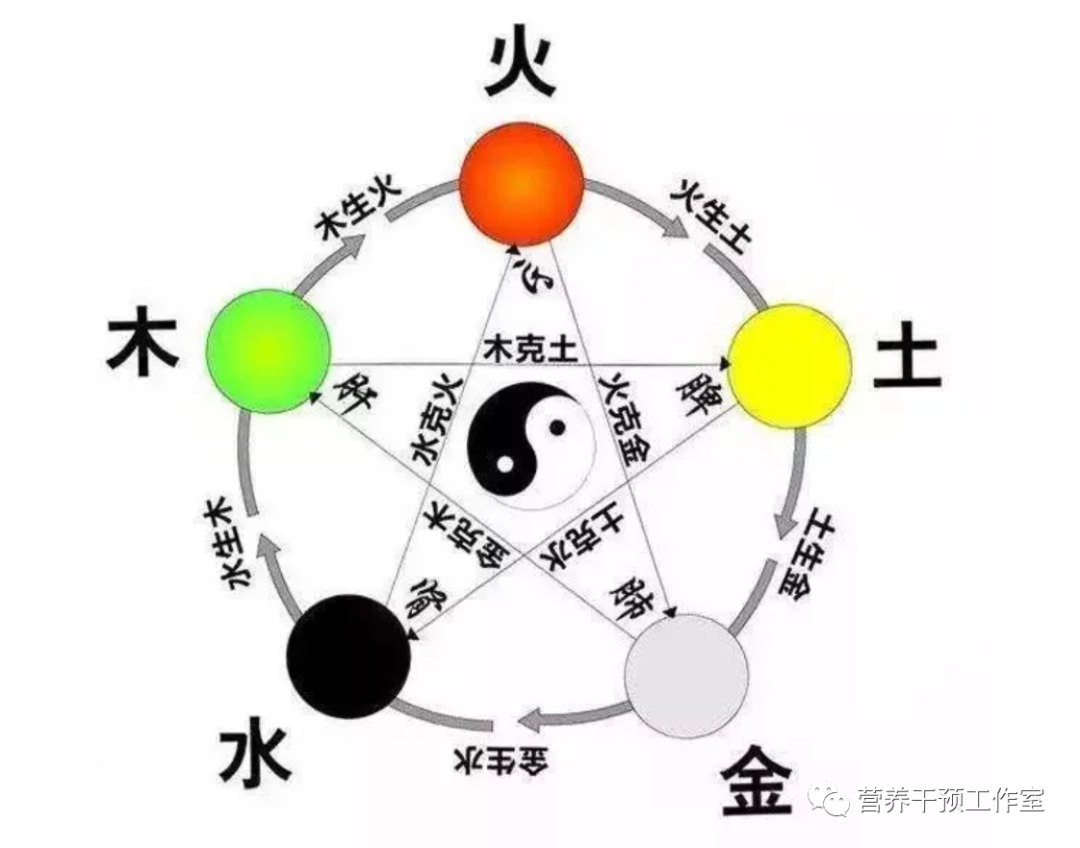
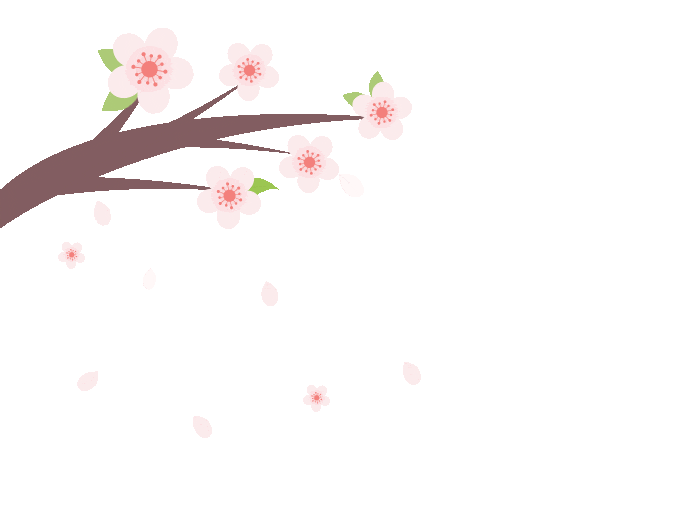 2. The Five Elements and the Five Organs
2. The Five Elements and the Five Organs
Traditional Chinese medicine believes that the organic whole of a person is a highly complex unity centered around the five organs. It is primarily composed of the five organs, complemented by the six bowels, with meridians serving as a network connecting bodily tissues and organs, forming five major systems. This is part of the systemic theory of TCM. Therefore, discussing health preservation in TCM cannot avoid mentioning the internal connections and mutual nourishing relationships among the five organs.
Wood → Fire → Earth → Metal → Water Liver → Heart → Spleen → Lung → Kidney
 3. The Five Tastes and the Five Organs
3. The Five Tastes and the Five Organs
1. Sour nourishes the liver: Sour foods enhance digestive function and protect the liver. Regular consumption can not only aid digestion and eliminate harmful bacteria in the gastrointestinal tract but also prevent colds, lower blood pressure, and soften blood vessels. Foods primarily sour in flavor, such as plums, pomegranates, tomatoes, hawthorn, and oranges, are rich in vitamin C, which can prevent cancer, resist aging, and prevent and treat arteriosclerosis. 2. Bitter nourishes the heart: There is an ancient saying that good medicine is bitter. TCM believes that bitter foods can drain, dry, and strengthen yin, having the effects of eliminating dampness and promoting diuresis. Foods like tangerine peel, bitter almonds, bitter melon, and lily can prevent the accumulation of toxins and treat various sores. 3. Sweet enters the spleen: Sweet foods can nourish qi and blood, replenish energy, relieve fatigue, and detoxify the stomach, and they also have the effect of relieving spasms. Foods such as brown sugar, longan meat, honey, and grain products are good choices for sweet foods.4. Spicy enters the lungs: TCM believes that spicy foods have the effect of inducing sweating and regulating qi. Commonly consumed foods like scallions, ginger, garlic, chili, and pepper are primarily spicy foods. These foods can protect blood vessels and regulate qi and blood, and regular consumption can prevent colds due to wind and cold, but those with hemorrhoids, constipation, or weak kidney energy should avoid them.5. Salty enters the kidneys: Salty is the crown of the five tastes, and it is never tiresome. TCM believes that salty foods can regulate cell and blood osmotic pressure, maintaining normal metabolism. Salty foods have the effects of draining, softening hardness, dispersing masses, and nourishing yin and blood. Foods like salt, kelp, seaweed, and jellyfish are high-quality salty foods.
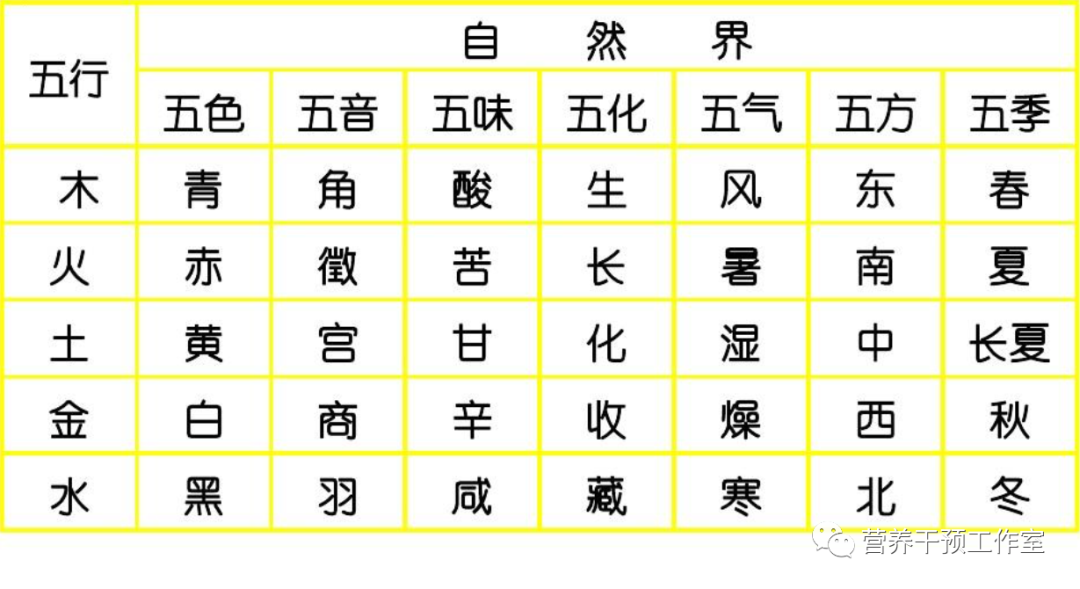
 4. The Five Colors, Five Grains, and the Five Organs
4. The Five Colors, Five Grains, and the Five Organs
1. The liver is represented by the color green: It is advisable to eat brown rice, beef, jujubes, and sunflower seeds; green corresponds to the liver. 2. The heart is represented by the color red: It is advisable to eat adzuki beans, plums, and leeks; red corresponds to the heart, so if you want a complexion like a peach blossom, you can supplement with foods rich in vitamin C, such as tomatoes, oranges, and red apples. 3. The lungs are represented by the color white: It is advisable to eat wheat, apricots, and leeks; white corresponds to the lungs, and if you want to achieve fair skin, you can regularly consume protein-rich foods, such as soy milk and milk. 4. The spleen is represented by the color yellow: It is advisable to eat soybeans and chestnuts; yellow corresponds to the spleen, so those with a dull complexion can supplement with yellow, sweet foods, such as carrots and egg yolks. 5. The kidneys are represented by the color black: It is advisable to eat peaches and scallions; black corresponds to the kidneys, so those with darker skin should eat less food with excessive color additives.

 5. The Five Emotions and the Five Organs
5. The Five Emotions and the Five Organs
1. “The heart is associated with joy” Joy refers to the physiological function of the heart and its connection with the emotion of joy. The Suwen states: “Joy harmonizes qi and allows the will to reach, and the nutritive and defensive qi to flow smoothly.” The process of joy is akin to the release of energy (both mental and physical) in the body, and the released energy forms the original driving force, initiating new mental activities and governing bodily vitality, creating new achievements.
2. “The liver is associated with anger” Anger is a strong emotional response to external stimuli and is a negative emotional stimulus. The relationship between anger and the liver is the closest, hence it is said that “the liver is associated with anger.” On one hand, great anger can harm the liver, leading to abnormal discharge, excessive liver qi, and blood surging with qi, which can manifest as a flushed face, irritability, and in severe cases, can lead to coughing up blood, nosebleeds, sudden fainting, or loss of consciousness. On the other hand, if the liver fails to regulate, it can also lead to emotional instability, manifesting as irritability and anger.
3. “The spleen is associated with thought” Thought refers to the state of conscious mental activity. The emotional activities of a person’s thoughts are primarily expressed through the spleen. Thought is a state of concentrated mental focus and contemplation.
4. “The lungs are associated with worry (sadness)” Ancient physicians observed and analyzed patients with worries and found that the lungs are the main organ expressing human worries and sadness. When a person cries due to worry, tears are secreted by the lungs.
5. “The kidneys are associated with fear” Fear is associated with the kidneys; the kidneys are the main organs expressing fear. Fear is a mental state of being afraid of things, which is a negative stimulus to the physiological activities of the body. The Suwen states: “Fear causes qi to descend, and shock causes qi to become chaotic,” indicating that the stimulus of fear can adversely affect the movement of qi in the body.
 6. The Five Senses and the Five Organs
6. The Five Senses and the Five Organs
1. The nose corresponds to the lungs: The shape of the nose is governed by the stomach qi, and the nostrils are governed by the lung qi, so the lungs open to the nose. The nose is the organ of the lungs, and any illness of the lungs will first manifest in the nose. Here, the nose refers mainly to the inside of the nostrils; if the lung is hot, the nostrils will exhale hot air; if the lung is cold, the nostrils will exhale cool air. For example, when a person has lung disease, symptoms such as wheezing and flaring nostrils will appear. 2. The eyes correspond to the liver: The liver opens to the eyes, and liver disease will manifest in the eyes; generally, those with liver disease will have bluish corners of the eyes. If a child is frightened, there may be bluish veins or bruises on the bridge of the nose, which is also related to the liver.
3. The lips correspond to the spleen: The spleen opens to the mouth, and the lips are the organ of the spleen. Those with spleen disease may exhibit symptoms such as yellow lips or yellowing around the lips, chapped lips, or bleeding, which are caused by excessive dryness and heat. 4. The tongue corresponds to the heart: The tongue is the organ of the heart. Heart disease generally manifests as an inability to move the tongue freely or a retracted tongue. Frequent verbal errors may also indicate insufficient heart qi.
5. The ears correspond to the kidneys: The ears are the organs of the kidneys. Ear diseases are related to the kidneys. The Huangdi Neijing states, “The kidneys open to the ears.” Those with kidney disease may experience symptoms such as deafness or tinnitus.
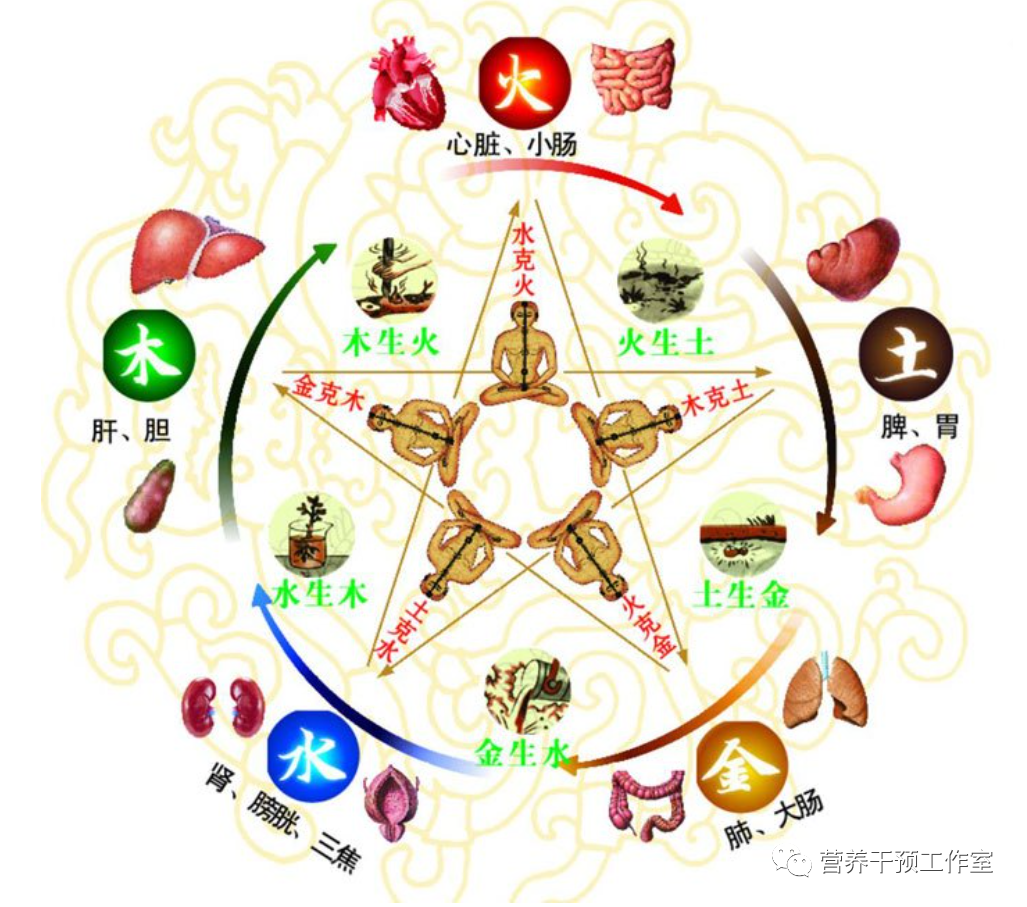
 7. The Five Seasons and the Five Organs
7. The Five Seasons and the Five Organs
1. Spring is suitable for ascending and nourishing: In spring, yang energy begins to emerge, the earth revives, and all things grow upwards, corresponding to the liver. Based on the characteristics of spring, one should use mulberry leaves, chrysanthemum, ginger, and other ascending and dispersing products to fully mobilize the body’s yang energy, harmonizing qi and blood.
2. Summer is suitable for cooling and nourishing: In summer, the weather is hot, and the fire evil is intense, all things flourish, corresponding to the heart. Based on the summer season, the qi and blood of the body’s organs are vigorous, and one should use honeysuckle, lotus leaves, lotus seeds, and other light and heat-clearing products to regulate the body’s yin and yang qi and blood.
3. Late summer is suitable for light nourishment: Late summer is the transition between summer and autumn, with heat descending and humidity rising, corresponding to the spleen. One should use adzuki beans, mung beans, and patchouli to promote dampness and strengthen the spleen to ensure the generation of qi and blood.
4. Autumn is suitable for cooling nourishment: In autumn, yang energy converges, and yin energy grows, with dry weather corresponding to the lungs. At this time, the five organs have just recovered from the vigorous metabolism of summer, and one should use lily, black sesame, and other yin-nourishing and fluid-generating products to regulate the dysfunction of the organs from summer.
5. Winter is suitable for warming nourishment: In winter, the weather is cold, and yang energy is deeply hidden, corresponding to the kidneys. One should use longan, walnut kernels, and donkey-hide gelatin to nourish the body’s qi and blood deficiency, ensuring the organs’ qi and blood are vigorous and adapting to changes in the natural environment.
The five elements, five organs, five tastes, five colors, five senses, five emotions, and five seasons are closely related and inseparable. As long as one understands their interrelationships and applies them to daily health preservation, one will surely achieve a healthy body.
Ancient people have said:
Heaven has three treasures: sun, moon, stars
The earth has three treasures: water, fire, wind
Humans have three treasures: essence, qi, spirit

Popularizing health knowledge, promoting public health, and contributing to a healthy and strong nation!

